For all our skyscrapers and smart tech, there are still places on this planet that make it very clear we don’t belong.
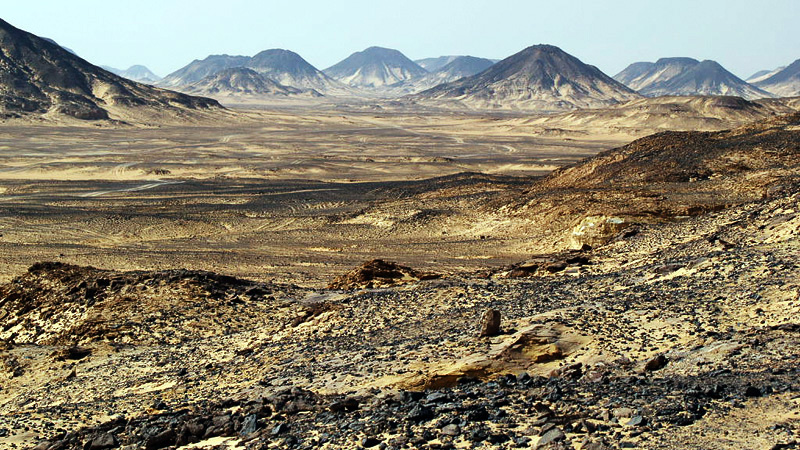
They’re not just hard to reach or a bit uncomfortable—these places go out of their way to feel hostile. Whether it’s landscapes that look like another planet, weather that could cook or freeze you in minutes, or terrain so unstable you’d regret every step, these are the parts of Earth that haven’t rolled out the welcome mat for us. Some of them are beautiful, sure, but beautiful in that “admire from a distance and don’t touch anything” kind of way.
1. Danakil Depression, Ethiopia
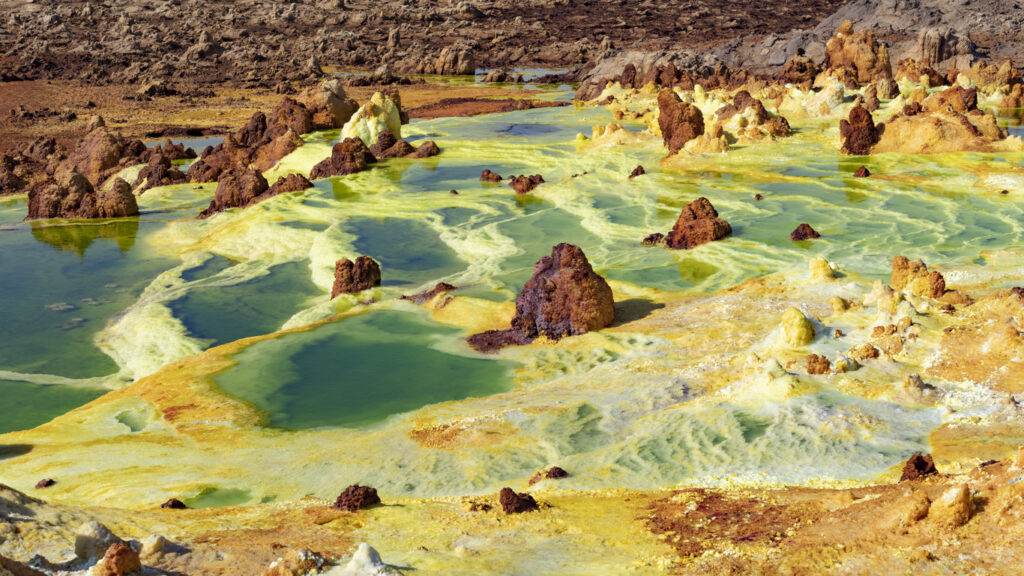
It’s colourful, surreal, and fascinating—but the Danakil Depression is also one of the hottest and most acidic places on the planet. With temperatures regularly soaring above 45°C and pools of toxic, bubbling acid, this alien landscape doesn’t exactly scream “weekend getaway.”
Despite its unearthly beauty, almost nothing survives here long-term. You’d need serious gear just to walk through it safely, and even then, you’re pushing your luck. It’s like Earth’s version of a ‘Do Not Disturb’ sign.
2. The Atacama Desert, Chile
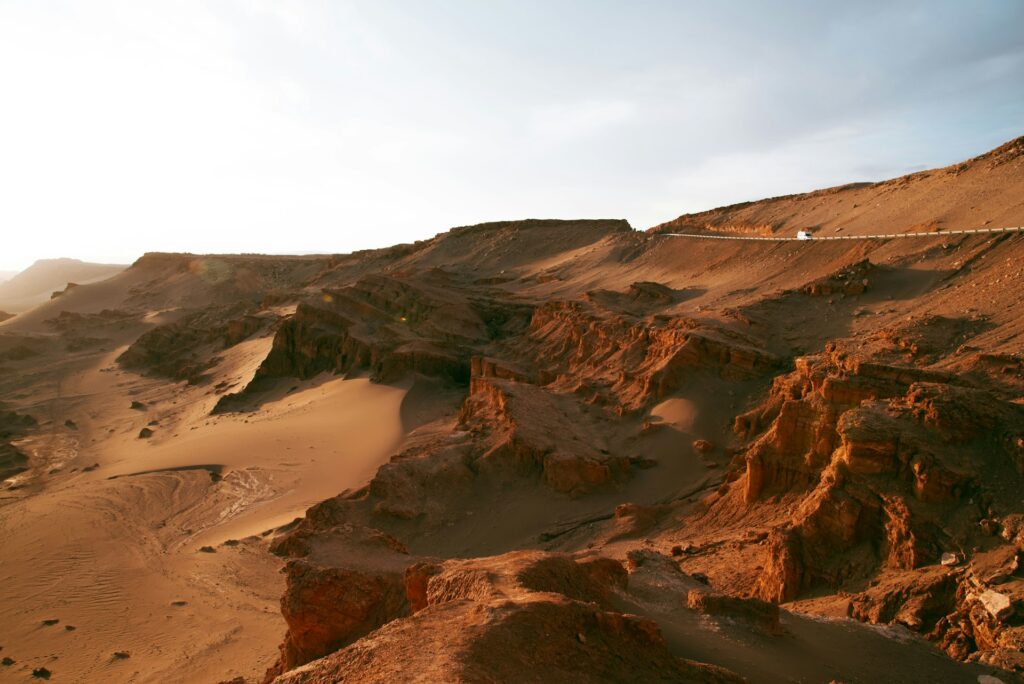
Some parts of this desert haven’t seen rain in centuries. Not years—centuries. The Atacama is one of the driest places on Earth, so dry that scientists use it to simulate life on Mars. It’s so barren, there are areas where not even bacteria can survive.
If you’re thinking you could survive with sunscreen and a water bottle, think again. This place is about as close as you’ll get to space without leaving the planet—and it’s just as unforgiving.
3. North Sentinel Island, India
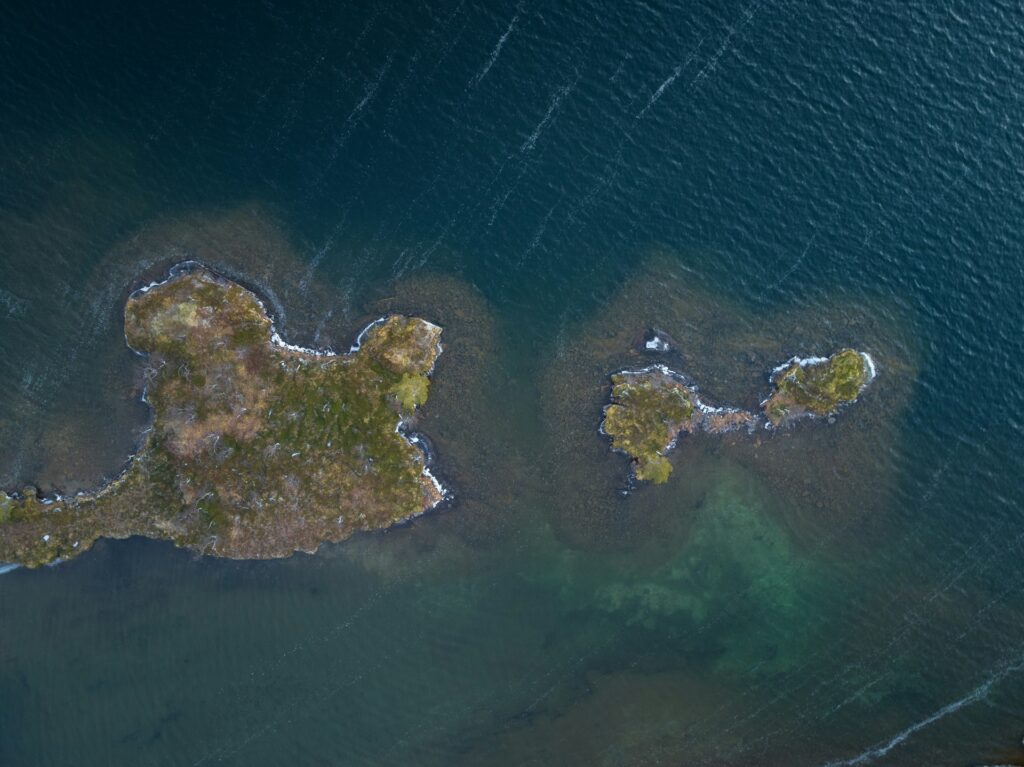
This island isn’t just unwelcoming because of its dense jungle or isolated location—it’s unwelcoming because its people have made it clear they don’t want visitors. The indigenous Sentinelese have lived there for tens of thousands of years and fiercely reject outside contact.
Trying to approach the island isn’t just dangerous—it’s illegal, and for good reason. This isn’t a place for adventurers or photographers. It’s one of the last untouched corners of human history, and it’s off-limits for a reason.
4. Mount Everest’s death zone
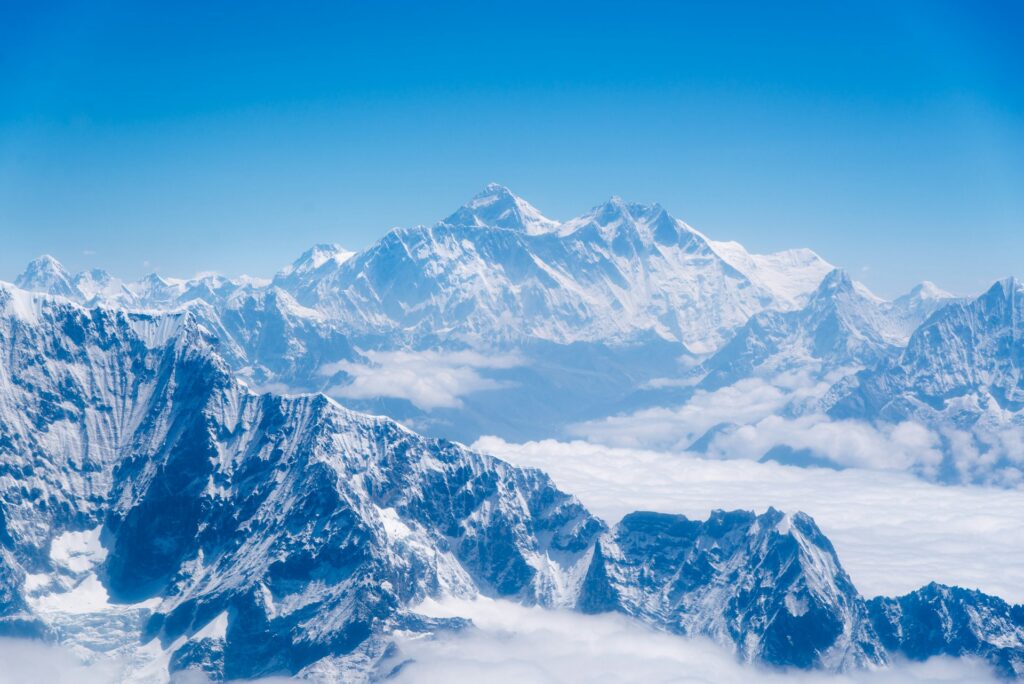
Climbing Everest sounds noble—until you reach 8,000 metres, where the air is so thin your body begins to shut down. This stretch, grimly named the “death zone,” is where even standing still can be lethal if you hang around too long. The mountain draws climbers in droves, but it doesn’t go out of its way to make the trip easy. With sudden storms, freezing temperatures, and little oxygen, this peak doesn’t welcome you—it tolerates you, barely.
5. Lake Natron, Tanzania
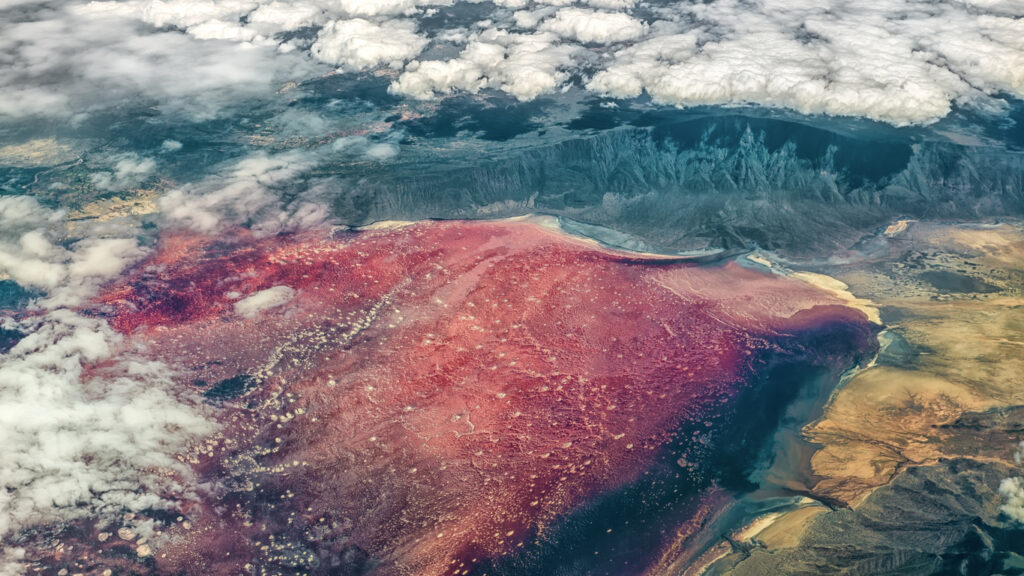
This lake looks stunning from the air—rich red and orange colours swirl across the surface. But step closer, and you’ll realise the water is so salty and alkaline that it can burn skin and strip away tissue. Temperatures can hit 60°C, and its pH is nearly that of ammonia. Animals that wander in often don’t come back out. It’s like nature’s own defence system—beautiful but brutal. One wrong step, and it turns from postcard-perfect to nightmare fuel.
6. The Mariana Trench
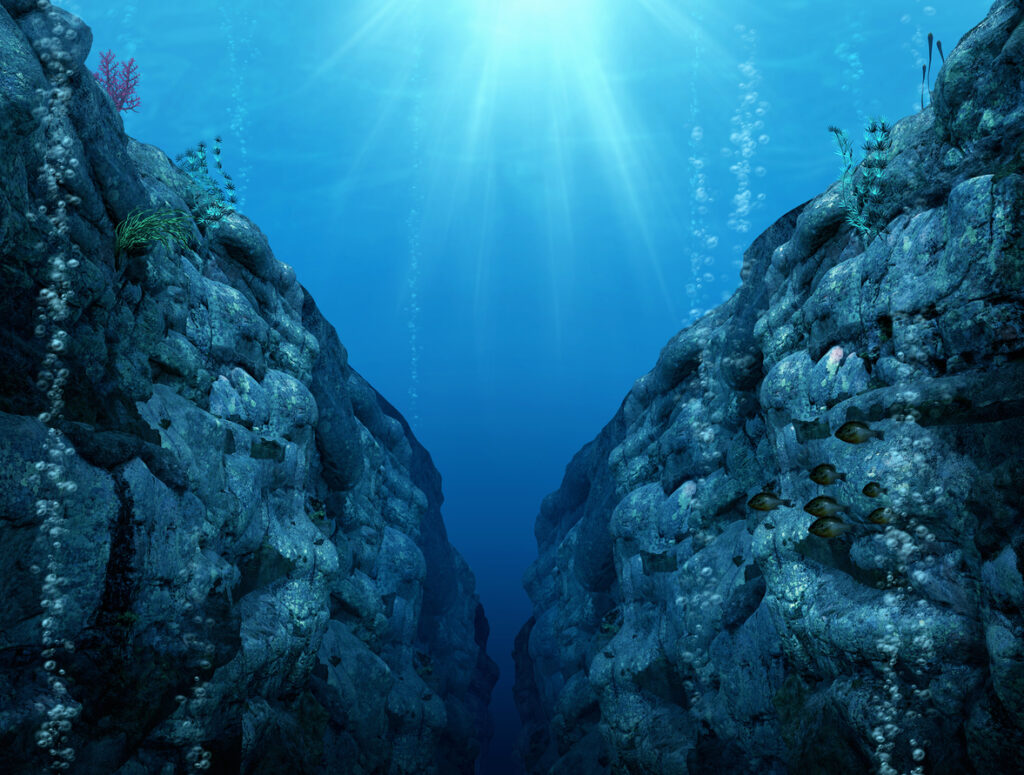
It’s the deepest part of the ocean, and it’s pitch black, crushingly cold, and under pressure so intense it could squash a human like a crisp packet. We’ve barely scratched the surface of what lives down there, and most of it looks like it belongs in a horror film. This isn’t just “deep sea”—it’s the Earth’s basement. If the planet has secrets it doesn’t want us finding, they’re probably hidden here.
7. Siberia’s Verkhoyansk region
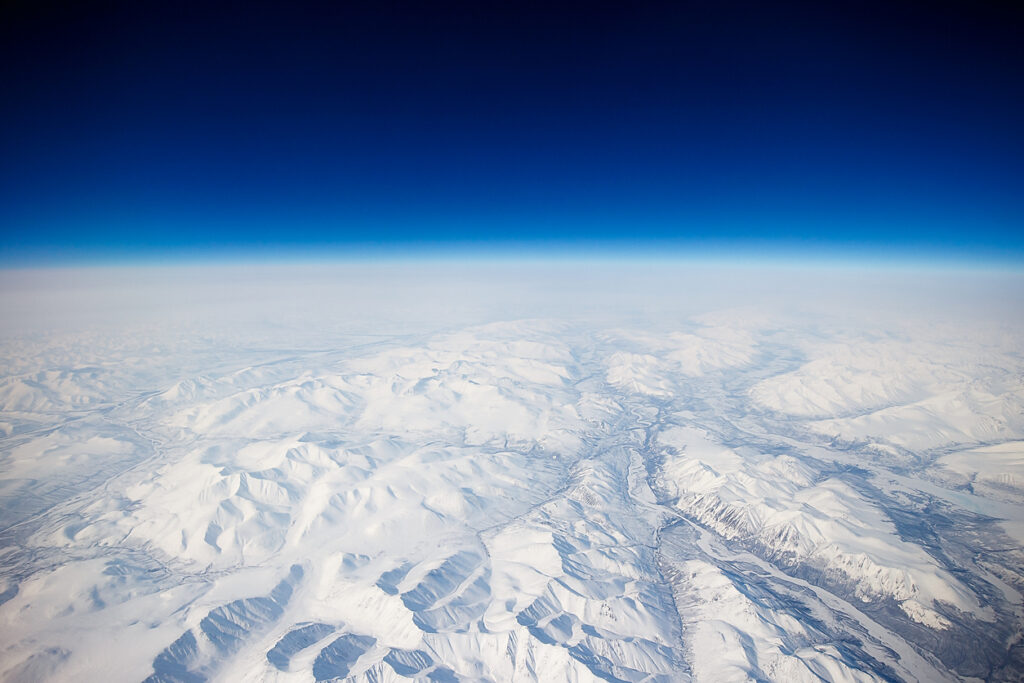
Known for having some of the coldest temperatures ever recorded outside Antarctica, this stretch of Siberia can dip to -67°C. Your breath freezes midair, and your eyelashes can frost over in seconds.
It’s not just cold—it’s the kind of cold that makes you question every decision you’ve made leading up to that moment. Humans live there, but it’s not exactly rolling out the red carpet. More like daring you to survive.
8. The Skeleton Coast, Namibia
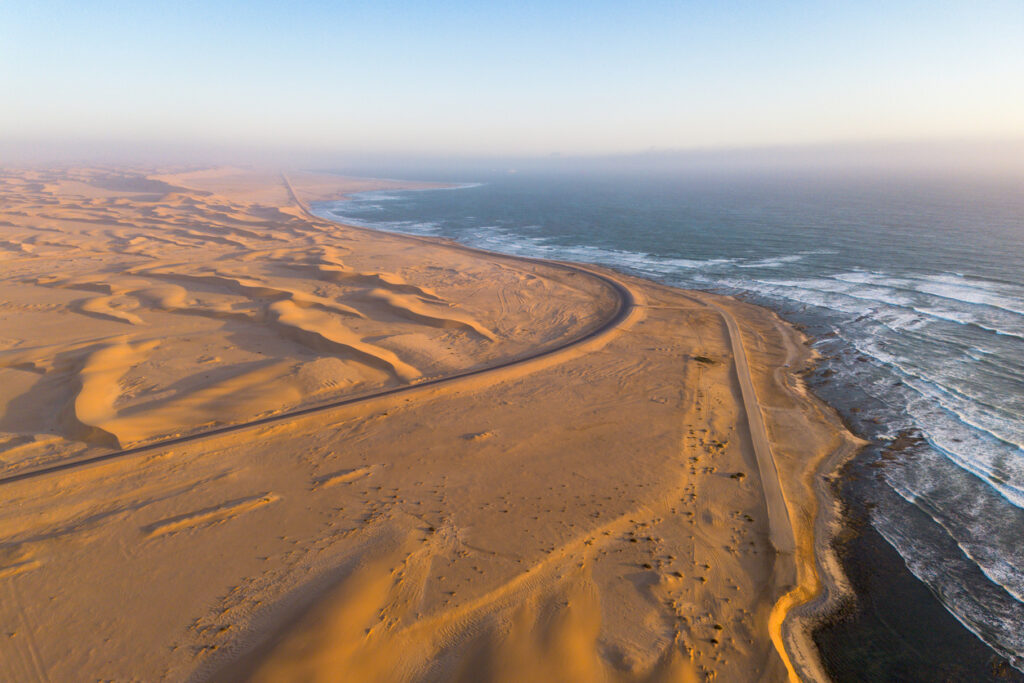
This coastline looks like it belongs on another planet—foggy, sand-blasted, and littered with shipwrecks. It earned its name thanks to the whalebones and wrecked ships that line its shores, along with the deadly conditions that caused them. With scorching heat, little fresh water, and miles of empty desert, this is not the kind of beach holiday you’d write home about. The few animals that do survive here have had to evolve in wild ways to make it work.
9. Volcanoes of Kamchatka, Russia
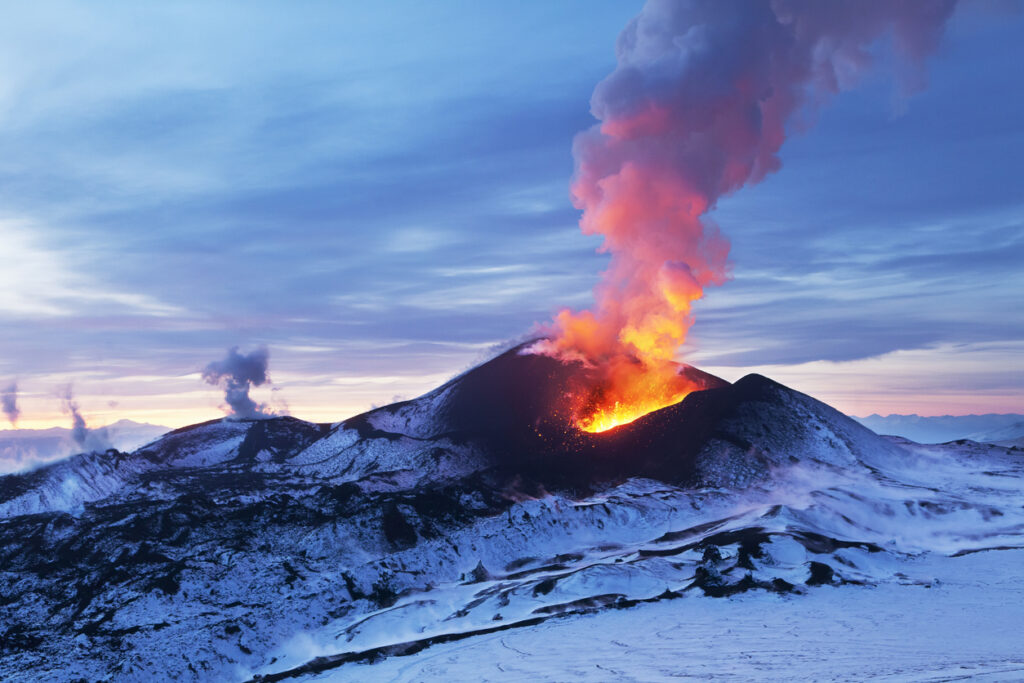
Kamchatka is wild, remote, and absolutely crawling with volcanic activity. Some volcanoes here are still erupting, and the terrain is constantly changing. Lava flows, steam vents, and sudden quakes are just part of the deal. It’s stunning in a prehistoric kind of way, but it’s not somewhere you just wander into. This landscape makes its own rules—and humans are not the priority.
10. Antarctica’s dry valleys
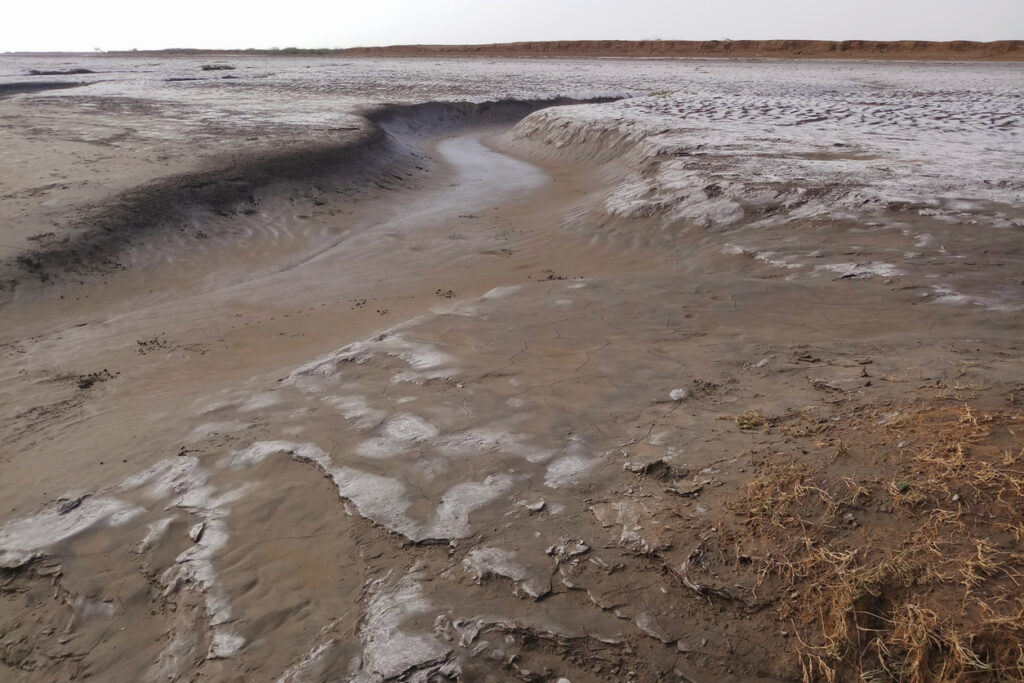
Believe it or not, Antarctica isn’t just endless snow. Some parts, like the McMurdo Dry Valleys, are so barren they haven’t seen rain or snow in nearly two million years. There’s no life. No ice. No moisture at all. It’s just rock, dust, and silence. Even here, scientists are pushing the limits of exploration—but it feels more like visiting another planet than a place on Earth. The valleys don’t just ignore your presence—they act like you were never supposed to be there in the first place.